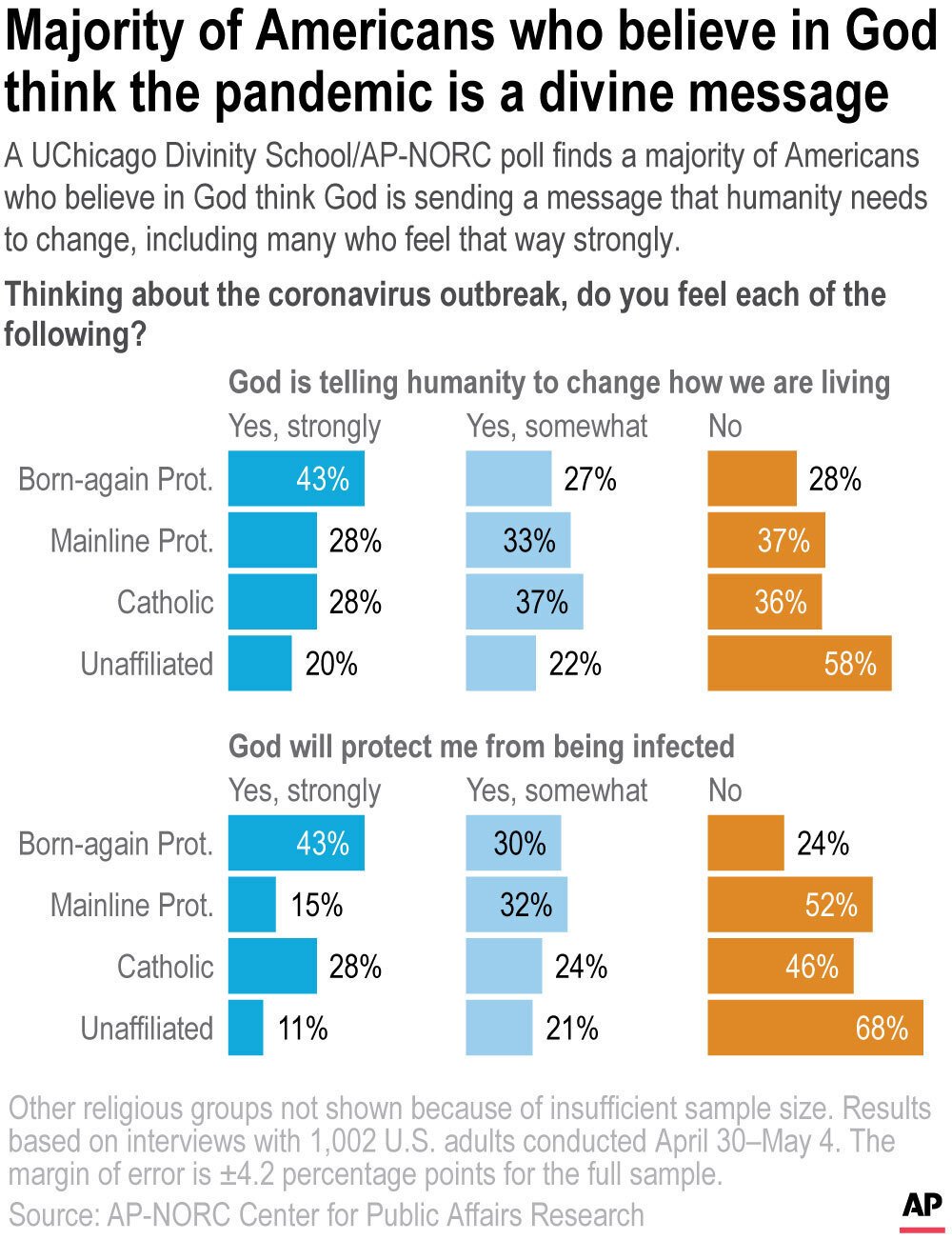Antimicrobial surface coating kills coronavirus for 90 days: study
AFP
A specially formulated antimicrobial coating can keep surfaces clear of a human coronavirus for up to 90 days with just one application, a preliminary study said Friday, suggesting a new line of defense against COVID-19.

© - A technician is pictured in 2018 applying Allied BioScience's first generation antimicrobial coating product
The paper by researchers at the University of Arizona (UA), which has not yet been peer-reviewed, found that the amount of virus on coated surfaces reduced by 90 percent in 10 minutes and by 99.9 percent in two hours.
Charles Gerba, a microbiologist at UA who was the study's senior author, told AFP the technology was "the next advancement in infection control."
"I think it's mostly important for high-use surfaces like subways and buses, because you could disinfect them but then the next people that come in there will recontaminate the surfaces," he said.
The researchers carried out their testing on human coronavirus 229E, which is similar in structure and genetics to SARS-CoV-2 but causes only mild cold symptoms and was therefore safer to use.
The coating works by "denaturing" the virus' proteins -- effectively twisting them out of shape -- and attacking its protective layer of fat.
The colorless substance is sprayed on surfaces, and has to be reapplied every three to four months.
The technology behind so-called self-disinfecting coatings has been around for almost a decade, and has previously been used in hospitals to fight against the spread of infection, including against antibiotic-resistant bacteria.
A 2019 paper by UA researchers found that coatings reduced hospital-acquired infections by 36 percent.
Gerba said that as a university professor, he and colleagues had been discussing ways to make their environment safer for students when they return from lockdowns, and antimicrobial coatings on door handles and table tops would be useful.
"There's a lot of them being developed right now, but hopefully when we start opening everything, they'll be ready."
The paper by researchers at the University of Arizona (UA), which has not yet been peer-reviewed, found that the amount of virus on coated surfaces reduced by 90 percent in 10 minutes and by 99.9 percent in two hours.
Charles Gerba, a microbiologist at UA who was the study's senior author, told AFP the technology was "the next advancement in infection control."
"I think it's mostly important for high-use surfaces like subways and buses, because you could disinfect them but then the next people that come in there will recontaminate the surfaces," he said.
"It's not a substitute for regular cleaning and disinfecting, but it covers you in between regular disinfecting and cleaning.The UA team tested a coating specifically designed to act against viruses that was developed by the company Allied BioScience, which also funded their study.
The researchers carried out their testing on human coronavirus 229E, which is similar in structure and genetics to SARS-CoV-2 but causes only mild cold symptoms and was therefore safer to use.
The coating works by "denaturing" the virus' proteins -- effectively twisting them out of shape -- and attacking its protective layer of fat.
The colorless substance is sprayed on surfaces, and has to be reapplied every three to four months.
The technology behind so-called self-disinfecting coatings has been around for almost a decade, and has previously been used in hospitals to fight against the spread of infection, including against antibiotic-resistant bacteria.
A 2019 paper by UA researchers found that coatings reduced hospital-acquired infections by 36 percent.
Gerba said that as a university professor, he and colleagues had been discussing ways to make their environment safer for students when they return from lockdowns, and antimicrobial coatings on door handles and table tops would be useful.
"There's a lot of them being developed right now, but hopefully when we start opening everything, they'll be ready."









